How do I maintain my road/triathlon bike?

How do I maintain my road/triathlon bike?
There are two essential parts to maintaining your bike: cleaning and servicing. You can also check out our road cycling shorts and bib shorts and cycling jerseys.
Cleaning
If you use a mountain bike or a racing/triathlon bike, we recommend that you clean it after every ride. By doing so regularly, you'll delay wear and tear and keep your bike in top condition.
1. Securing your bike
For maximum comfort, you need a large enough space to mount your bike. There are a number of ways of doing this: you can mount it against a wall or tree, for example, or even turn it upside down. Ideally, you should have a bike rack of this type.

Once your bike is securely mounted, you can start separating the components.
2. Rinsing the whole bike
If you're taking your bike out again after several months in your garage, you can start by rinsing the whole bike, ideally with a jet of water. Otherwise, you can do it with a bucket and a sponge.
3. Degrease
For this step, you'll need to concentrate on the transmission. You'll need a soft brush and a degreaser, which you can easily find in a cycle store or sporting goods store.

The various components you'll need to polish:
- rear derailleur
- Chainrings
- Rear sprockets
- Chain (you rub the chain as you turn the crankset)
Be careful not to use too much product, and don't hesitate to rub gently on certain areas (like the rear sprockets). Wait 5 minutes, then you'll see that the degreaser has already taken effect. You can then rinse off the areas where you applied the degreaser.
4. Deep cleaning
Now it's time to scrub your frame clean. We recommend you take a sponge, a bucket and a spray cleaner.
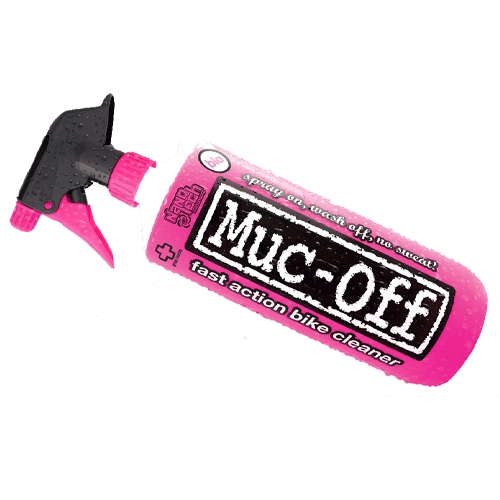
For hard-to-reach areas, you can use a brush. Otherwise, a sponge will do just fine.
- Chain and chainrings = sponge
- Spokes and wheels = sponge
- Frame, brake calipers, accessories = sponge
- Inaccessible areas, chainrings and rear sprockets = brush
Once you've washed all the areas, you can rinse again to remove all the products you've applied to your components and frame.
5. Dry
Now we come to the final stage: drying. This is a very important step, as certain parts of your bike can be damaged prematurely by humidity. Use a dry cloth and don't forget the small parts.
Maintenance
Now that we've seen how to clean your bike properly, let's take a look at how to maintain it so that it's ready for use before and after every ride.
1. The tires
Check the pressure and condition of your tires before every ride. For a road/triathlon bike, the pressure should be between 7 and 8 bars (to be adjusted according to your weight and riding style). If you notice any holes, cracks, etc., you'll need to change your tires. Bear in mind that tire life can vary considerably depending on your riding style. It is therefore important to check them regularly to avoid ending up on the sidewall during one of your outings.
2. Chain wear and lubrication
If your chain is over-stretched, this can lead to premature wear of your sprockets and chainrings. Check that it is properly tensioned. How? Simply pull on the chain when it's on the large chainring. If there's a gap (more than half the height of a tooth) between the chainring and the chain, the chain is worn. A new chain will stay almost glued to the chainring. Finally, lubricate the chain with a suitable product.

3. Check brakes and gears
Always check that your brakes are working properly and that you can stop easily. If you feel any play, check your brake pads and cable tension. For disc brakes, your pads should be replaced when less than a millimeter of lining remains.
4. Check serrations
saddle and seatpost
stem
wheels (quick-releases or nuts)
brake levers
cranks and pedals
derailleurs (fixing screws)
accessories (basket, luggage rack, mudguards, etc.)
5. Checking repair equipment
Finally, check that you have the necessary repair equipment in case of a puncture or technical problem. Tire levers, inner tubes (at least two), pumps or CO2 cartridges and multi-tool.
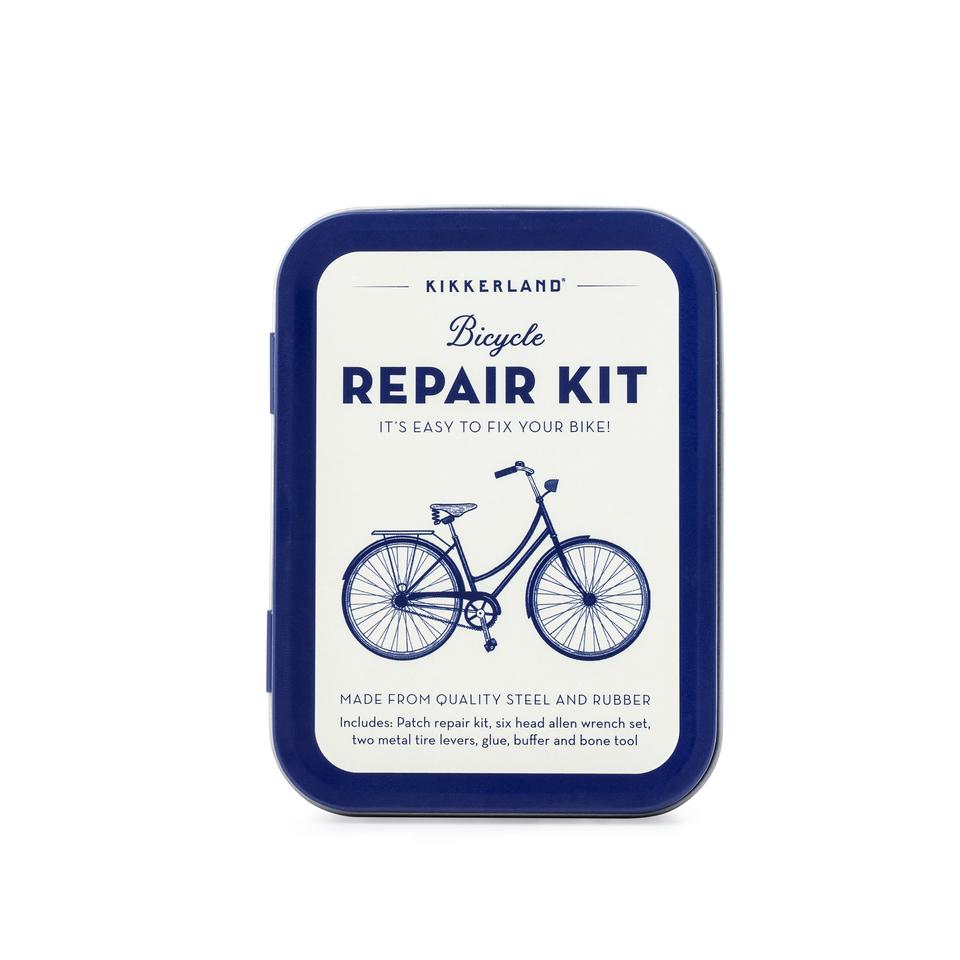
Now you've got everything you need to ride with peace of mind! You may also be interested in our guide to choosing the right cycling socks.


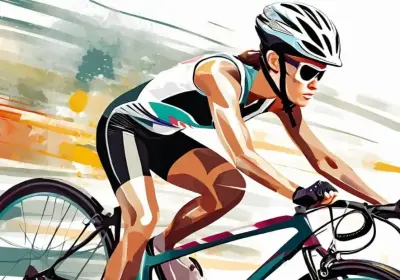
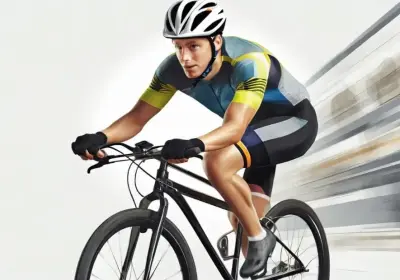
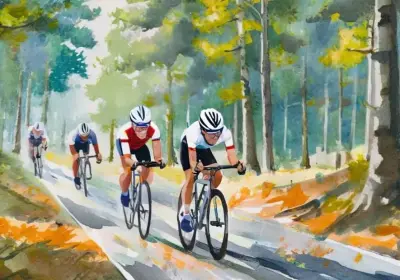

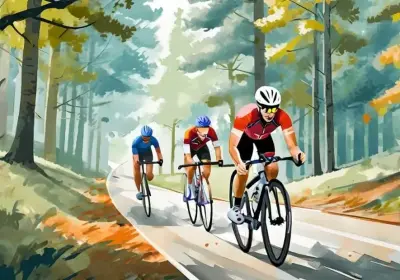

















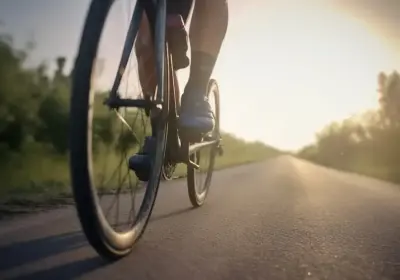

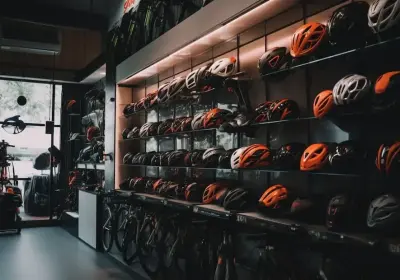
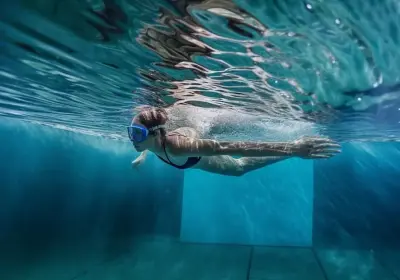
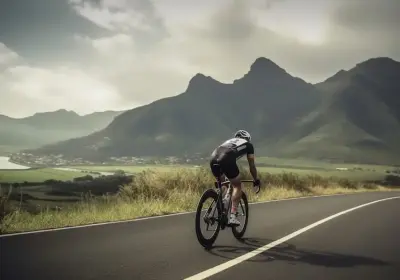
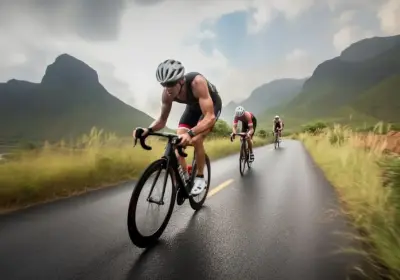


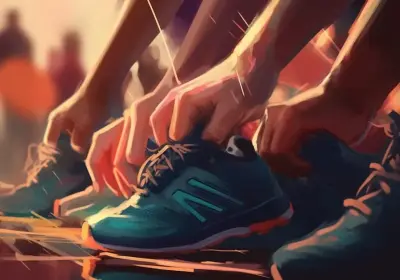
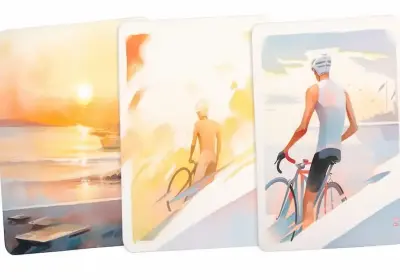




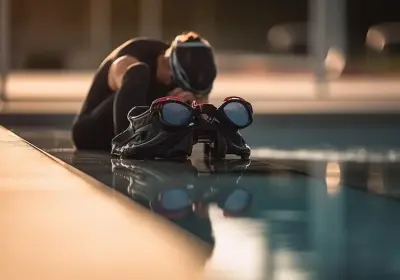

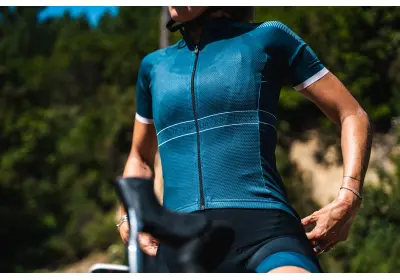
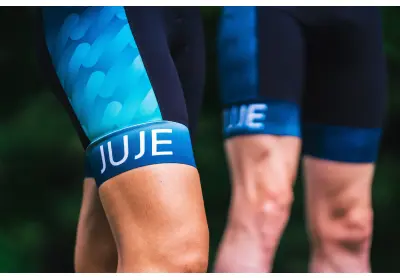


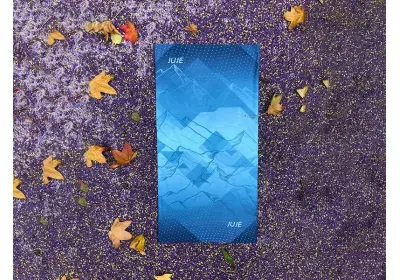

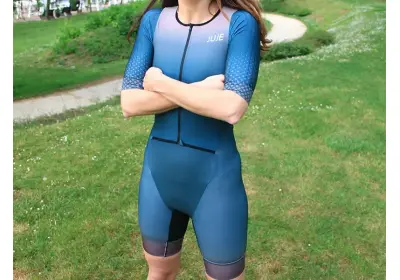

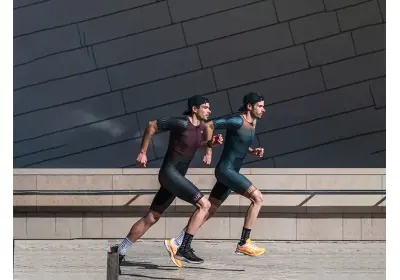
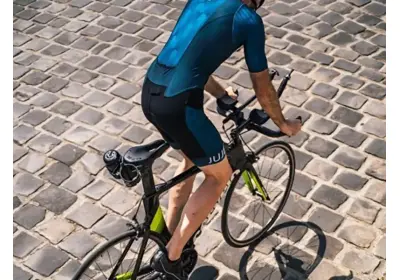
Leave a comment